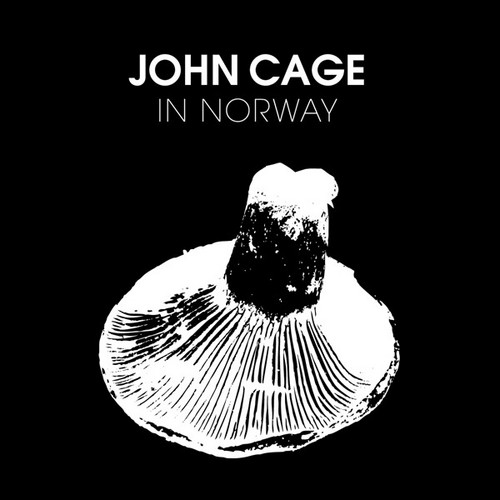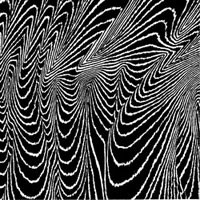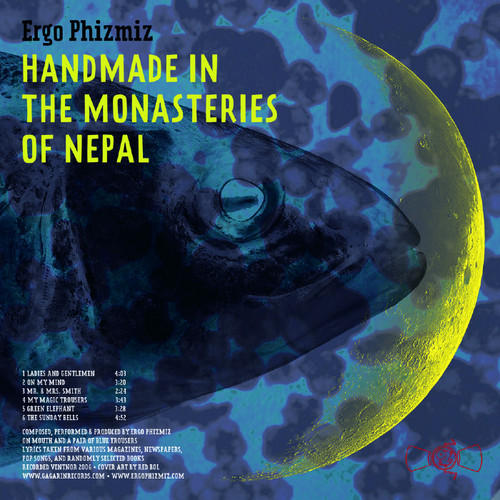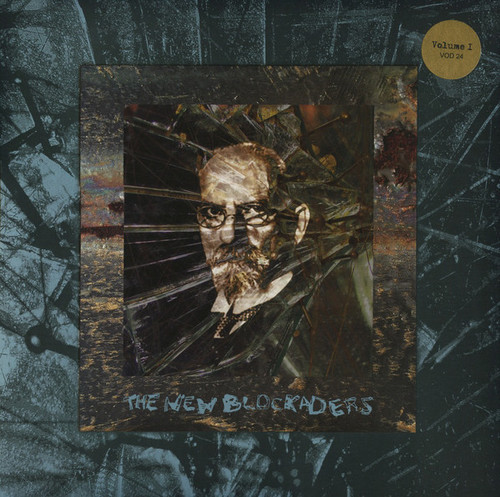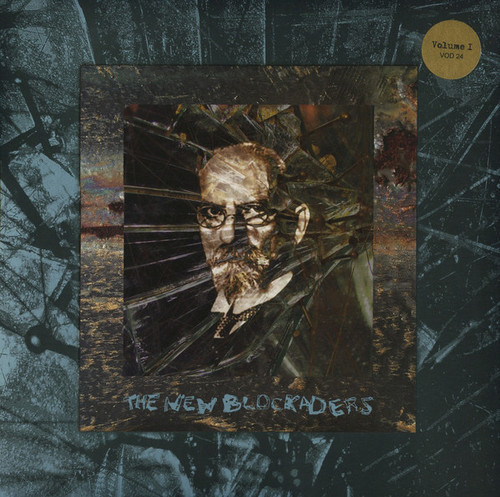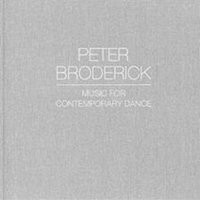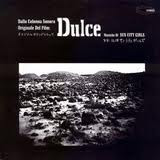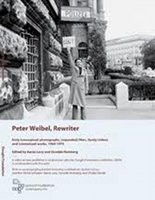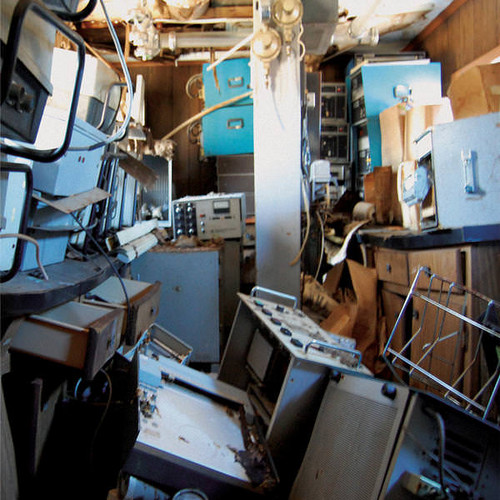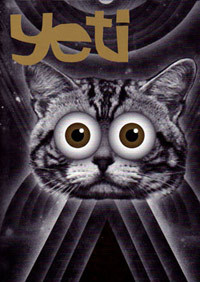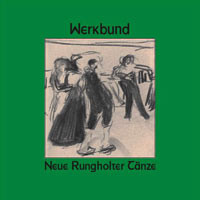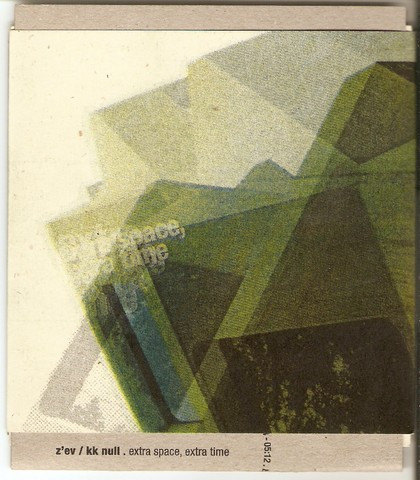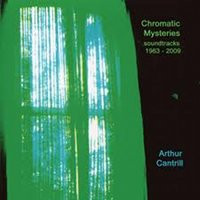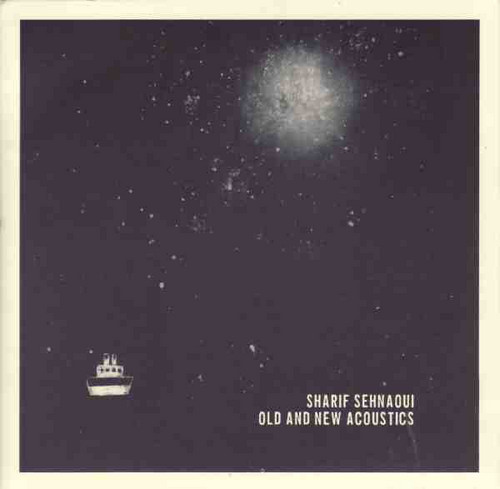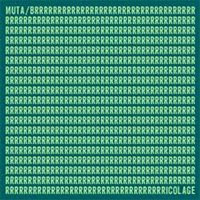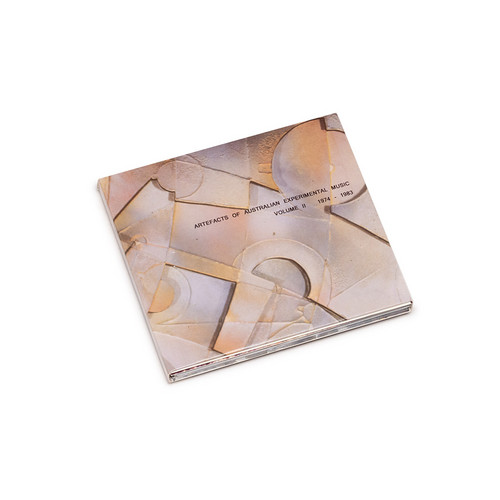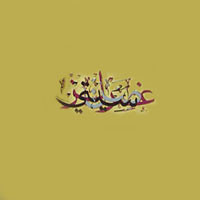In Norway
CD in 64-page hardcover book with photos, interviews with the musicans and a transcription of John Cage's Q&A at the Oslo Art Academy. Having received an invitation from Ole Henrik Moe, the Director of the Henie Onstad Art Centre, John Cage arrived at Fornebu Airport one November day in 1983 and was quickly lodged into a guest apartment in the basement of the museum. Cage had brought with him to Norway a heavy suitcase containing amongst other things a water distiller, a selection of fungi and g…
Wefex spway
RESTOCKED: A collection of drawings, collages, paintings, photographs, spit-and ink work, and found images in both colour and black and white by Dennis Tyfus including a text by Wim Van Mulders. This 256 page book was made in conjunction with the 'Relax most of your muscles' exhibition, at Be Part in Waregem. It contains a handful of these works which where presented in the exhibition, however most were made solely for this publication.
limited to 500 copies.'
relax most of your muscles
a blurry midlife crisis for all children of the revolution! the A side of this psychedelic bumcrack is filled with 10 locked grooves, all vocal, some different panned brainbubbles, featuring one loop of Dennis Tyfus' personal alarm clock. All of these sounds played simultaneously at the 'Relax most of your muscles' Dennis Tyfus' solo exhibtion at Be Part in Waregem, Belgium, providing a non stop soundtrack that coincided with large paintings and around 20 film loops and drawings which cre…
Handmade in the monasteries of Nepal / Eloise my dolly
Ergo Phizmiz is a true jewel in the sewers of the mind. his activities span over a wide array of forms ranging from sound installations to radio plays, plunderphonics, neo-classicism, household abstract pop, opera, deranged chanson and experimental collage. he hosts the popular weekly radio show "phuj phactory" on new york's wfmu and breeds a conceptual podcast series called "codpaste" in collaboration with his friend vicki bennett a.k.a. people like us. recently, they put out a charming collabo…
Viva Negativa vol. II
A massive project done by Richard Rupenus. Includes TNB material reworked by 75 of the best international avant-garde/industrial/noise artistsAMK, Art Break, Aube, Bloxus, Alexei Borisov, , Broken Penis Orchestra, Cheapmachines, Courtis, Das Synthetische Mischgewebe, Aaron Dilloway, Embudagonn 108, Eshak, Government Alpha, Idea Fire Company, Incapacitants, Lasse Marhaug, Merzbow, mnortham, Jim O´Rourke, Dave Phillips, Plexia, Putrefier, Christian Renou, RLW, Damion Romero, Runzelstirn & Gurgelst…
Viva Negativa vol. 1
A massive project done by Richard Rupenus. Includes TNB material reworked by 75 of the best international avant-garde/industrial/noise artists. "The New Blockaders were one of the UK 's most consistently defiant and formally hostile experimental groups. Starting with their name, they combined a masked mythology with a militant anti-art/anti-music stance which manifested itself in a series of obliterating aural documents. For all their lack of any public profile, TNB have had an absurdly dispropo…
Music for contemporary dance
"In early 2010 Peter Broderick was approached by the collaborative media artist duo kit monkman and tom wexler aka kma, who asked him to create a score for congregation, kma's most ambitious work to date. The world's first ever ballet designed, choreographed and composed entirely for pedestrian performers, congregation has been commissioned by scan and the british council. Due to premiere simultaneously at rockbund art museum, shanghai as part of world expo and bournemouth for the inside out fes…
Dulce (Original Soundtrack Recording)
Originally released as a limited edition LP of 1000 copies in 1998, this is another mysterious soundtrack work by Sun City Girls, featuring guest appearances by Eyvind Kang, The Ruins and Jesse Paul Miller. The music flips back and forth from melodic and reflective themes to shards of noise and collective improvisation. Throw in some clarinet lounge music and spooked-out drama and you have the backdrop to a film that was never completed, explained further here from the original liner notes by Al…
Barefoot In The Head
Long awaited reissue of this classic late 80s collaboration between the 2 sax players in Borbetomagus (Sauter & Dietrich) and Sonic Youth's Thurston Moore. Five extended tracks of guitar/sax/sax improvisational interplay, recorded in NYC in June, 1988. We first issued this as an LP-only in 1990, but it has been o/p for a number of years (a CD version was licensed by Shock UK and briefly available, but has been long o/p as well). "This is one mindfuck of a noisefest. Imagine if Metal Machi…
Rewriter
2009 release. Subtitled: Early (conceptual) photographs, (expanded) films, (body) videos and (contextual) works, 1964-1975. "This video archive with accompanying essays traces internationally-renowned media and conceptual artist Peter Weibel's artistic developments from his beginnings through 1979. Weibel started out in 1964 as a visual poet, and was soon transferring the structures of the visual culture from the page to the screen, while still retaining the model of language as one of perceptio…
Suburban Tours
"Rangers is Joe Knight. Suburban Tours is his debut vinyl release after a string of popular cassette albums in 2009 - including Low Cut Fades on Not Not Fun. His sound has been referred to out in blogland as 'elevator psyche' and 'mirrorball funknagogic pop' - and that's not a bad start considering his music is often bass-driven with washes of synth and prog-psych guitar riding over the top. Unlike the extended side-long collages of his cassette releases, Suburban Tours is a collection of eleven…
Worry
"The very premise of this musical -- executives borrowing an apartment to cheat on their wives -- makes this show entertainment for grown-ups. If you're cool with your older children being exposed to infidelity to the nth degree, they will likely enjoy the wit of the dialogue and the bouncy score. But take note: there is a suicide attempt and a drunk scene -- not exactly fare for young ones. Debut LP by Ridgewood, NJ shoegazers Big Troubles. It's pretty good. Parental advisory stickers not inclu…
Neue Rungholter Tänze
'Published September 2010 by Walter Ulbricht Schallfolien, Hamburg in an edition of 500 numbered copies with an insert. New treatments and adaptations of the musical heritage of Mechthild von Leuszch as final part of the Rungholt dance trilogy, executed & presented by Werkbund.' label info
Extra space, extra time
'Six tracks. Recorded at the studio of Extrapool in Nijmegen for a series of 'Brombron' project in October 2009. Mixed and produced by Kazuyuki Kishino at Prima Natura Studio.' label info
Chromatic Mysteries: Soundtracks 1963-2009
'Chromatic Mysteries: soundtracks 1963-2009 CD by Arthur Cantrill. Arthur and Corinne Cantrill have been making stunning, innovative films for fifty years. Yet little attention has been paid to their soundtracks. Many were realised by Arthur Cantrill using a range of ingenious methods on the cutting edge of electronic and environmental music development in Australia. Chromatic Mysteries documents a selection of Arthur's soundtracks from as early as 1963 through to his most recent work. These ele…
Old and new acoustics
“All music by Sharif Sehnaoui – no cuts & no overdubbing. Recorded by Fadi Tabbal on the 9th of june 2009 at Bustros palace, Beirut. Mixed & mastered by Fadi Tabbal at Tunefork studios, Beirut. Artwork & design by Mazen Kerbaj. Produced in Lebanon by Al Maslakh.” label info
Bricolage
'Alessandra Rombolà: flutes, tiles & preparations. Rhodri Davies: electric harp & electronics. Ingar Zach: percussion, drone commander & sruti box. All music by Muta. Recorded by Fadi Tabbal on the 8th of april 2009, at Tunefork studio, Beirut. Edited by Ingar Zach, mixed & mastered by Giuseppe Ielasi. Artwork & design by Mazen Kerbaj. Produced in Lebanon by Al Maslakh & Muta.'
Artefacts of Australian Experimental Music: Volume II 1974-1983
2025 stock The story of Australian experimental music continues with Artefacts volume II documenting the explosion of Australian experimental music practice from the mid 1970s; from the use of synthesisers and computers, through to the radical fringes of post-punk, and to the beginnings of industrial and dark wave. The double CD set complete with 16 page booklet features one of Warren Burt’s first compositions completed in Australia, the Loop Orchestra’s first performance, South Australian indus…
Gum Arabic
Annihaya is proud to release Sun City Girls' Gum Arabic, a limited edition of 1000 copies with artwork by artist Hatem Imam. All tracks on this CD are cover songs from Sun City Girl's repertoire, several frequently performed by the group live for more than 20 years. Several cuts were inspired by found unmarked cassettes and radio recordings made in Egypt and Morocco by Alan Bishop in the early 1980s. The original song titles and composers of the radio-inspired arrangements are unknown. SCG creat…
